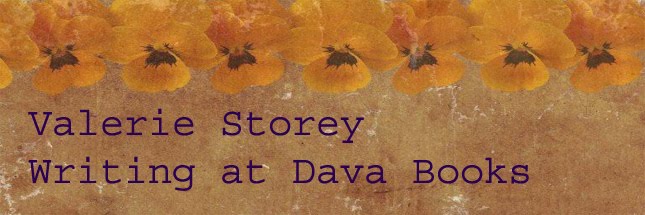The whole idea of survival must have been on my husband’s mind the other night when I came home from writer’s group only to be greeted by the words: “You have to save Josh’s life!” After my initial scare (What? CPR? Give blood? Huh??) I learned he was referring to the 12-year-old son of a good friend. Josh has apparently made the decision to go vegetarian (yay, Josh!) but his family has no idea what to feed him. The poor kid is bored to tears for lack of yummy meals, and his mother needed a list of quick and things she could prepare alongside the rest of the family’s meat dishes.
As I was making my list, I couldn’t help but think about how often I am asked how I juggle writing, work, and cooking dinner every night. One answer is that I keep things pretty simple on weeknights, mostly preparing the meals I suggested Josh’s mother try. Then I thought you might like a copy of the list too. Not only does a vegetarian diet save a ton of time in both preparation and clean-up (thereby allowing for more writing/creative time), but I believe it’s the perfect diet for what is, let’s face it, the writer’s sedentary lifestyle. So here’s what I sent Josh’s mom,
1. Salad made up of dozens of things, not just lettuce. In fact, leave out the lettuce sometimes or use spinach instead. Good ingredients are canned pinto, kidney, garbanzo, or green beans (just cold from the can); bell peppers; radishes; cilantro; parsley; celery; roma tomatoes; grated carrot; grated or sliced cheese; walnuts; pecans; raisins; cottage cheese; cooked beets. Use any kind of dressing.
2. With a main meal salad you can then include: boiled, mashed, roast, or baked potato. Can do the same with sweet potato. French fries (sweet potato ones, too). Hardboiled egg. Fried or scrambled egg(s).
3. Any kind of pasta with any kind of bottled sauce that doesn’t include meat. There are so many, from tomato sauces to Alfredo/mushroom recipes, etc. Plain pasta tossed with a little pesto sauce is good. Or gently cooking some garlic in olive oil and then pouring hot oil over the pasta. Top with a spoon of peanut butter (!).
4. Frozen cheese raviolis or tortellini are excellent to always have on hand. For a change after cooking the usual way, lightly fry them on both sides to turn them crispy.
5. So many great veggie burger/hot dog brands. My favorites are Morningstar Prime Grillers and Tofu Pups. With the Tofu Pups you can slice them lengthwise and just fry them. They become almost like bacon. (I like to treat all these in the same way you would prepare a serving of meat with sauces, gravy, vegetables, salad, etc.)
6. Omelettes/frittatas. For one portion, just use 2 beaten eggs with a spoonful of water and dash of Bragg’s Liquid Aminos (a healthier alternative to soy sauce). In a small frying pan, stir fry either chopped zucchini, mushrooms, onions, tomatoes, spinach, left over cold potatoes (or any combination) until cooked. Then pour the egg mixture on top. Cook until lightly set; top with sliced or grated cheese and put pan under the grill until cheese is melted. If you make a larger portion using more eggs and a larger pan, cold omelette can be kept in the fridge and either reheated or eaten cold, even sliced up for a sandwich filling.
7. You can add extra vegetables such as carrots, onions, zucchini, or celery to Progresso Lentil Soup for an amazing casserole-type meal. Serve with rice or potatoes. Same with any brand of vegetarian baked beans, or vegetarian chili. Of course, any one of these is just fine on its own without added ingredients.
8. Quesadillas. I just put salsa or similar on a tortilla, add cheese, any leftovers, top with another tortilla (or fold a single tortilla in half) and cook on hot griddle (no oil). Take it a step further and you can make any kind of bean/cheese burrito or enchilada depending on your type of tortilla and choice of sauce. (Note: use vegetarian refried beans; the regular ones have lard.)
9. Macaroni cheese. Grilled cheese sandwiches with extra things inside like corn or tomatoes, or smoked/roasted chilis.
10. Pizza without meat. You can make individual ones with a Boboli base from the grocery store—they have small sizes. You can do all kinds of interesting things with them just with vegetables and cheese.
11. For added texture with all these meals, rough grainy bread can help a lot for something to “bite.” Add cream cheese spreads to make great vegetarian sandwiches, especially when you add sliced tomato, cucumber, or pickles.
12. For more easy ideas, Sunset Vegetarian Cooking
Tip of the Day: Eat your veggies! I find a meat-free diet helps avoid that “heavy” feeling after eating that can interfere with creativity, making me want to sleep or read instead of write or draw. Even a few meat-free meals a week can make a big difference in your energy levels.







